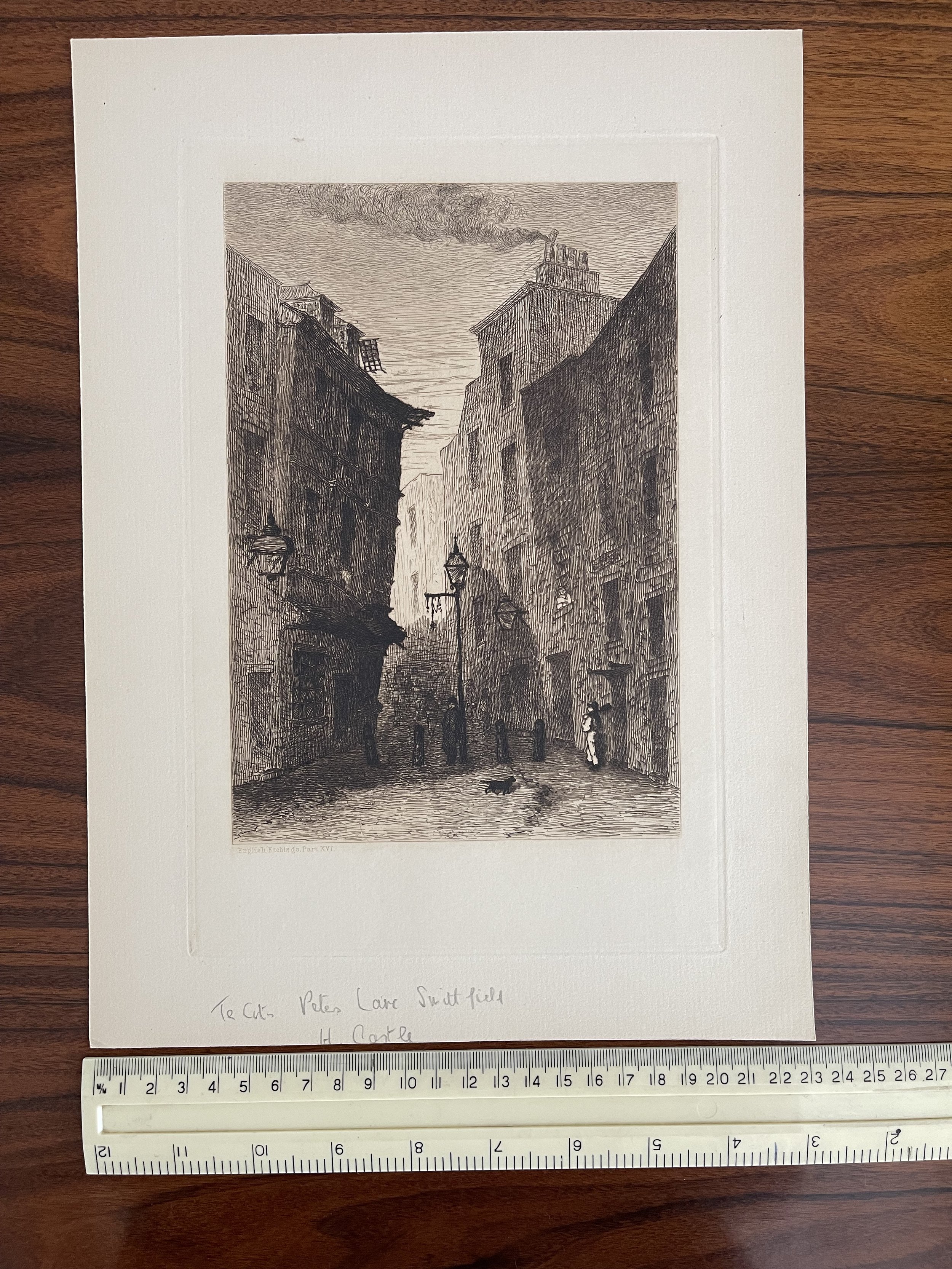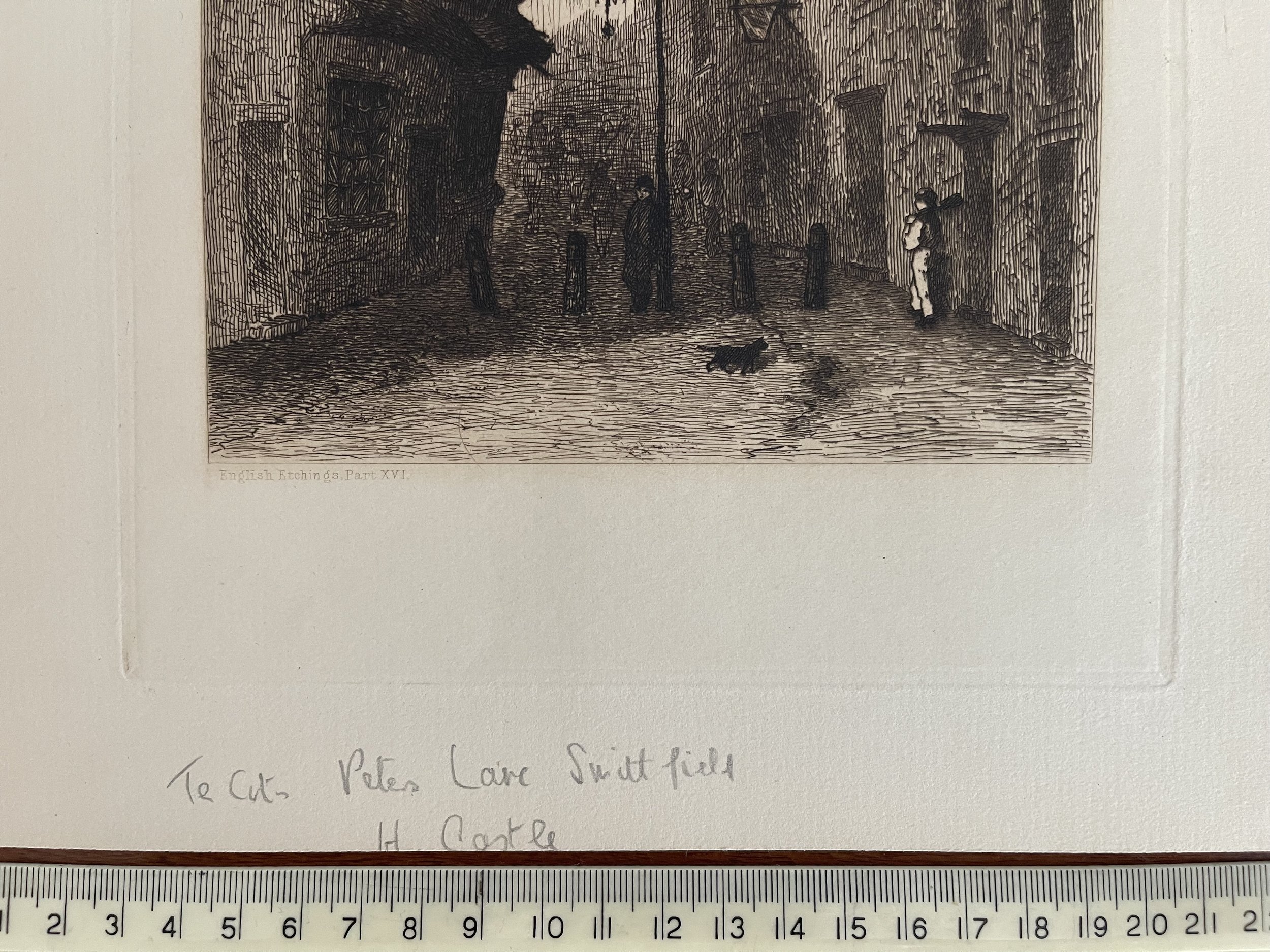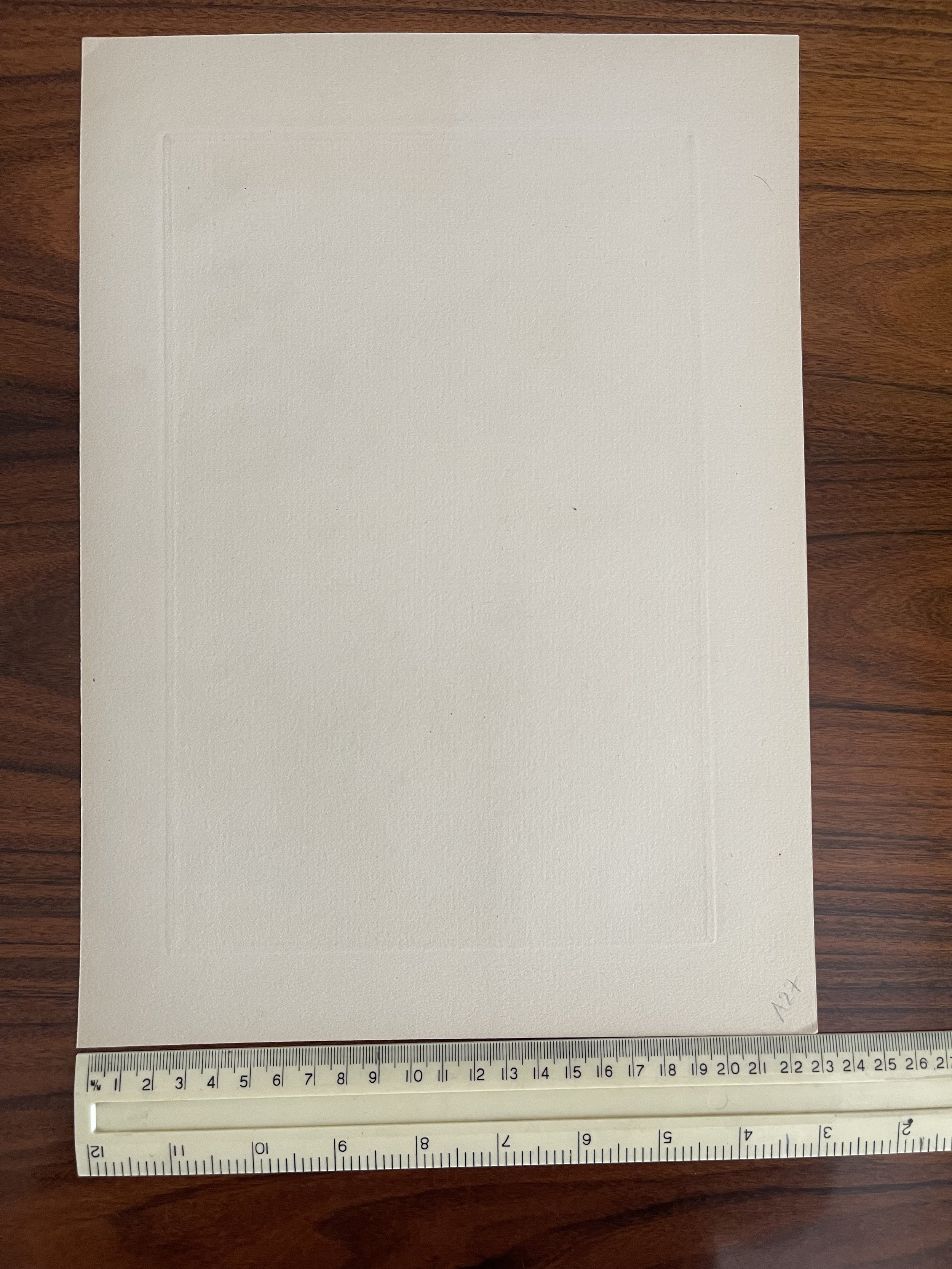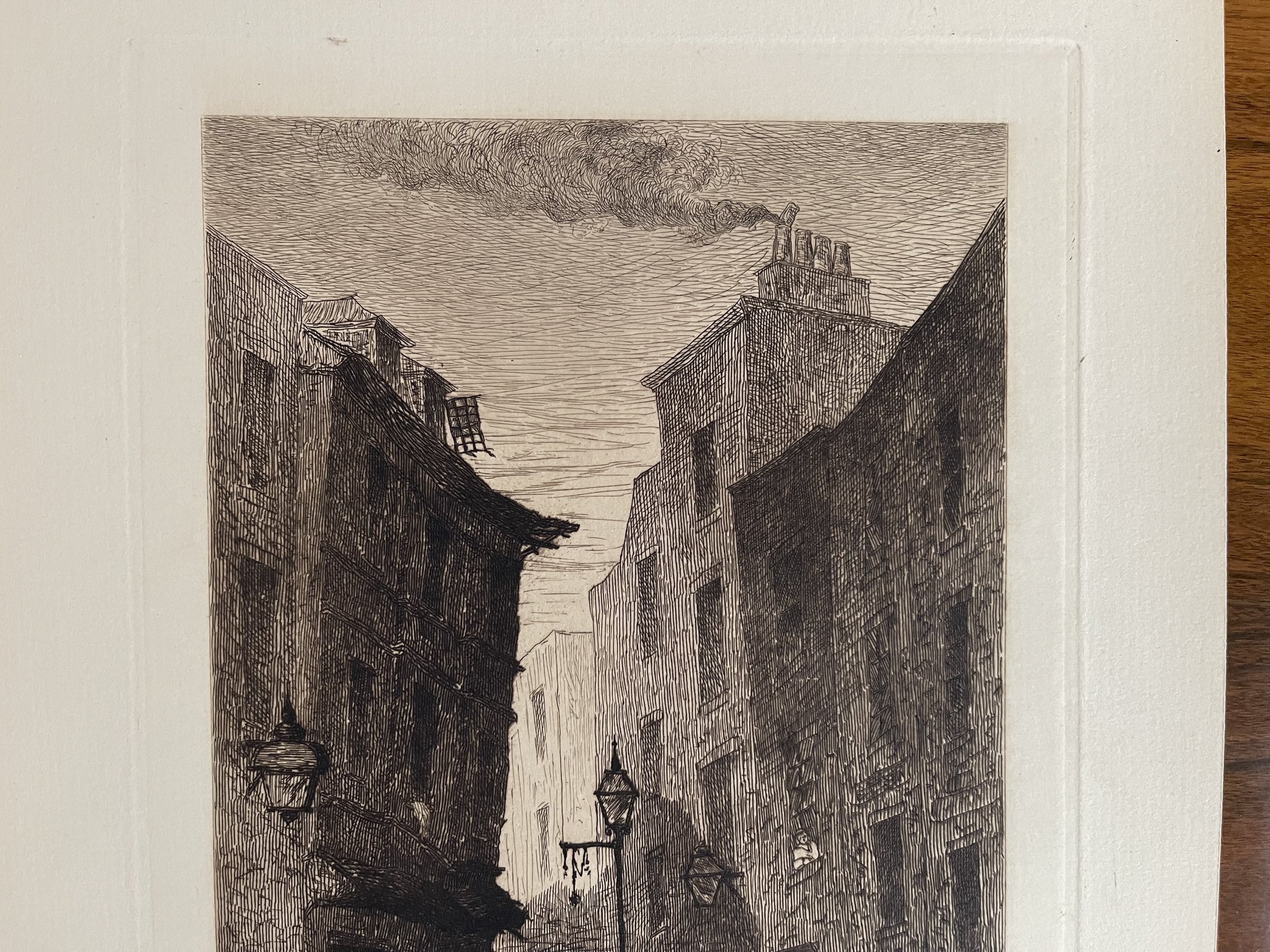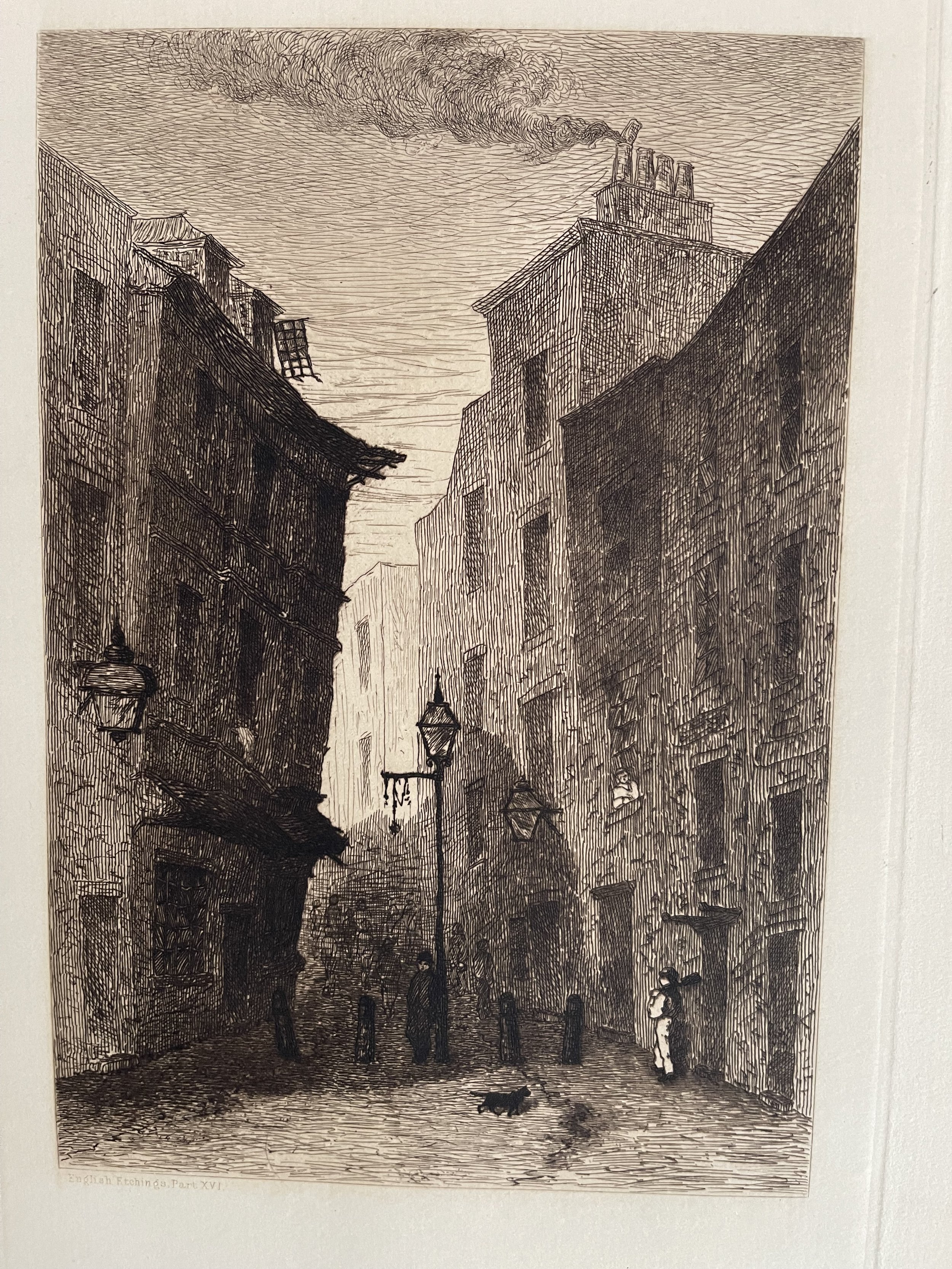Code : A27
Cartographer : Cartographer / Engraver / Publisher: H Castle?
Date : Publication Place / Date - London 1860 Approx
Size : Sheet size: Image Size: 32 x 23.5 cm
Availability : Available
Type - Genuine Antique
Grading - A-
Tracked postage, in casement. Please contact me for postal quotation outside of the UK.
